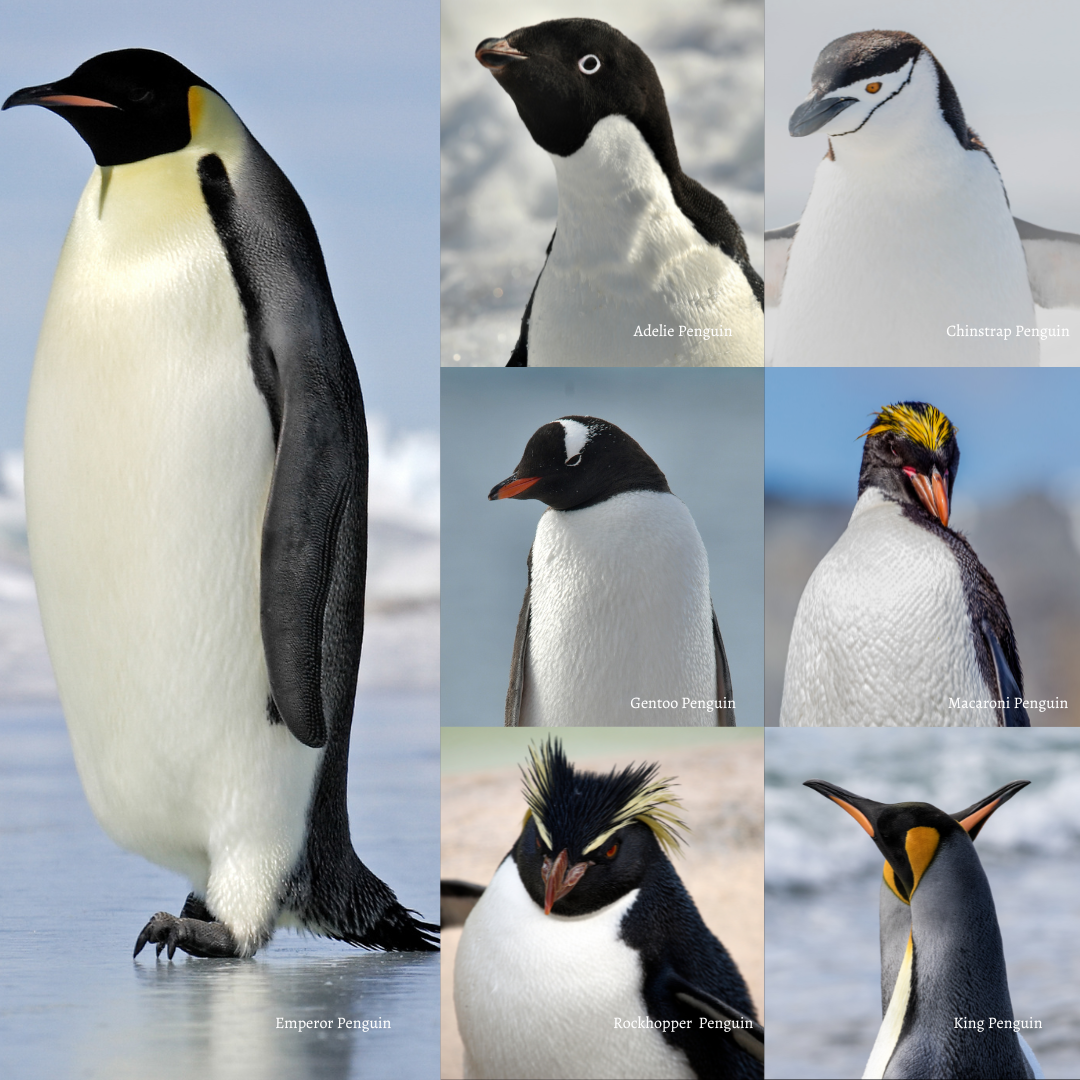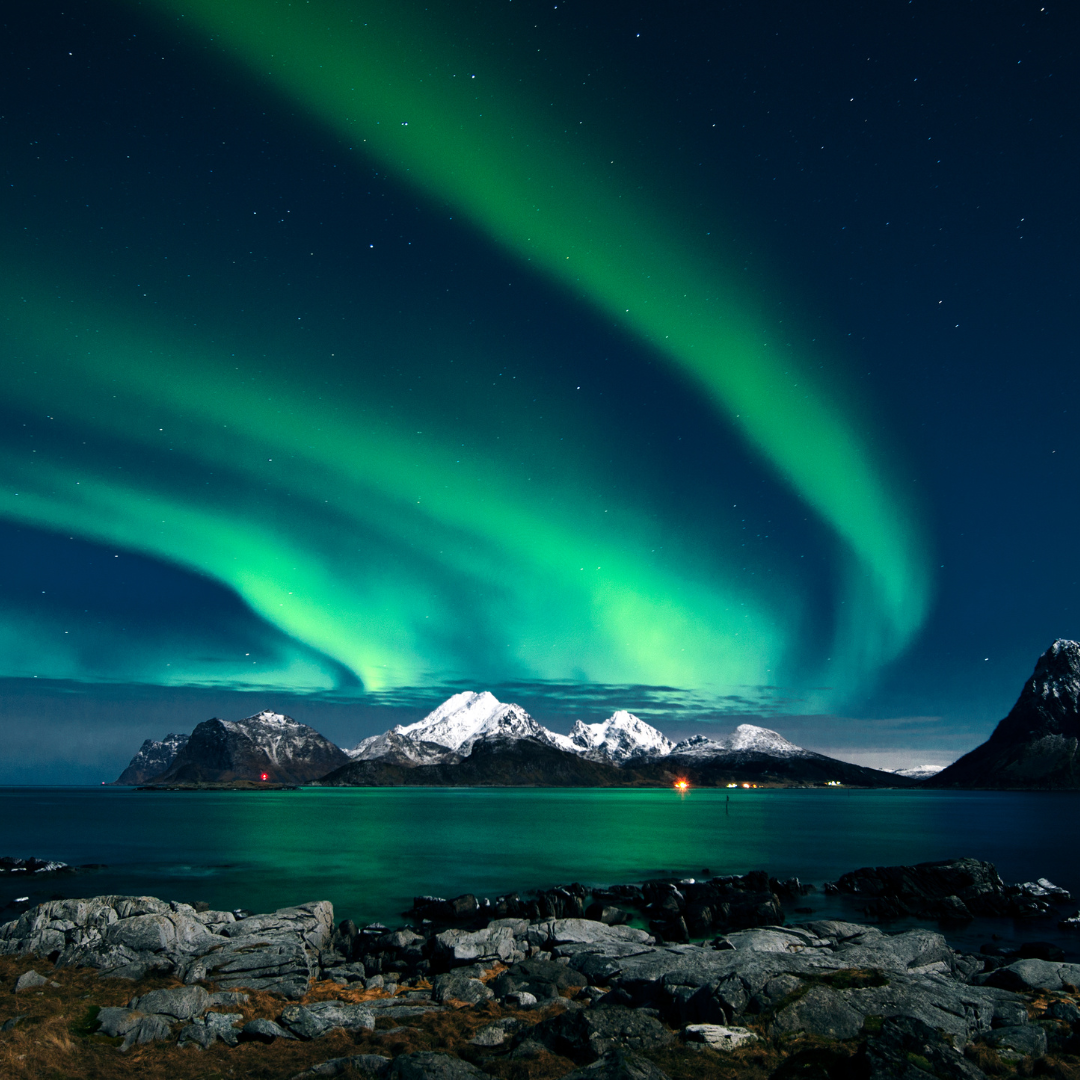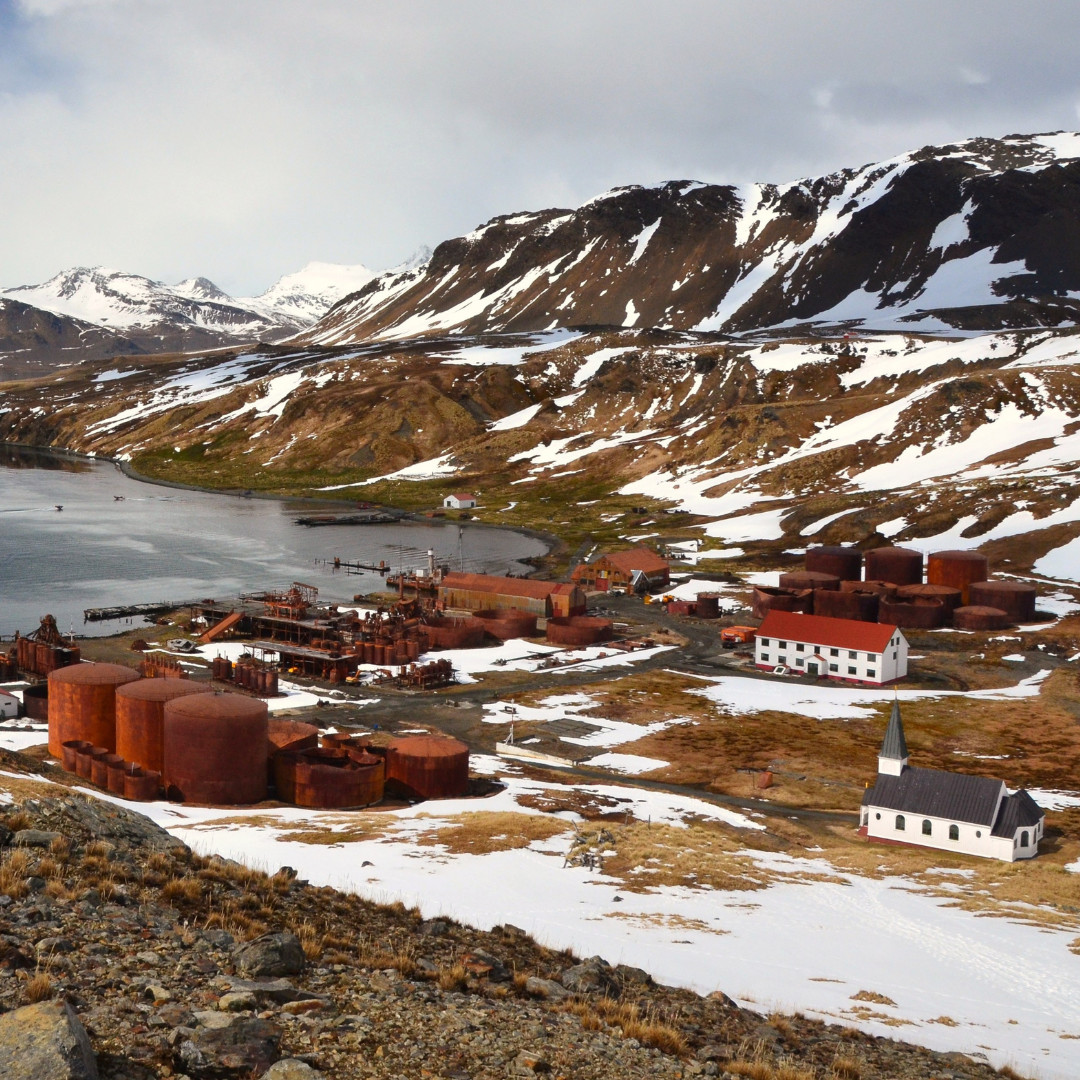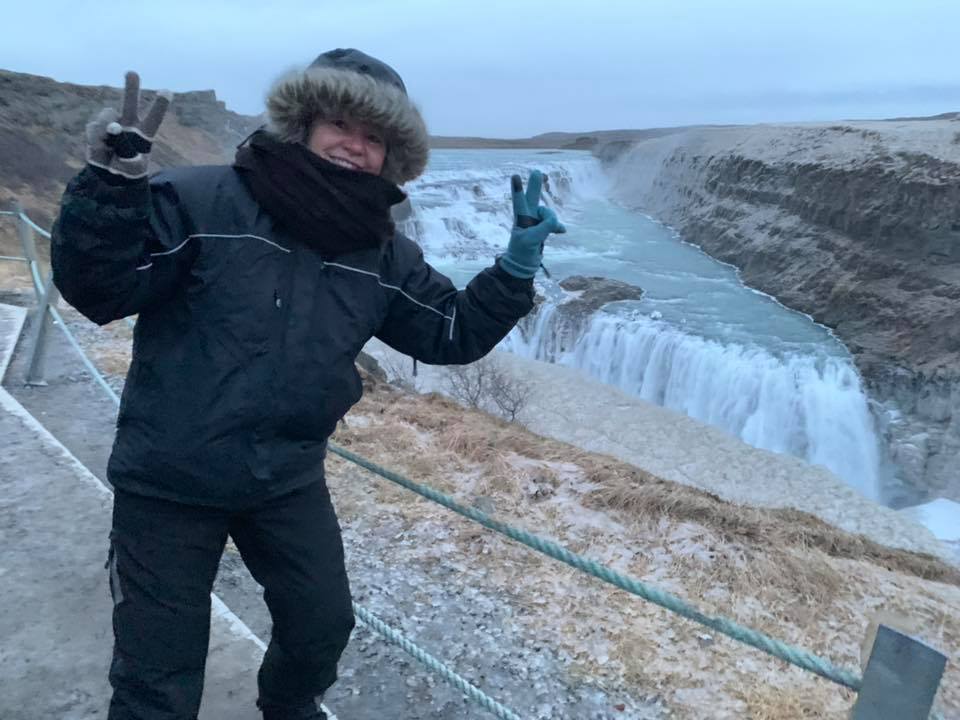The icy landscapes of the Antarctic are not only home to stunning landscapes but also a rich diversity of penguin species. These enigmatic birds have adapted to the extreme conditions of the continent, resulting in a fascinating array of species. In this article, we explore the various penguin species found in the Antarctic, highlighting their unique characteristics and remarkable adaptations.
- Emperor Penguins: The iconic Emperor Penguins are the largest of all penguin species, known for their striking appearance and remarkable resilience. They endure the brutal Antarctic winters, incubating their eggs on their feet in large colonies. Emperor Penguins are expert divers, capable of reaching remarkable depths in search of fish and crustaceans.
- Adelie Penguins: Adelie Penguins are known for their bold and curious nature, often approaching humans with a sense of inquisitiveness. They have a distinctive white ring around their eyes and a tuxedo-like black and white plumage. Adelie Penguins are excellent swimmers and rely on krill as their primary food source.
- Chinstrap Penguins: Named for the thin black line that appears to “strap” under their chin, Chinstrap Penguins are known for their tenacity and agility. These medium-sized penguins breed and nest in rocky areas, favoring steep slopes and ridges. Their diet mainly consists of krill and small fish.
- Gentoo Penguins: Gentoo Penguins are one of the larger penguin species and have a widespread distribution throughout the Antarctic Peninsula. They are distinguishable by their bright orange-red beaks and white-feathered patches above their eyes. Gentoo Penguins are known for their active nature and impressive swimming abilities, often reaching high speeds underwater.
- Macaroni Penguins: Macaroni Penguins are characterized by their impressive yellow crests, which earned them their unique name. They have a distinct and loud call, often referred to as “braying.” These penguins primarily feed on krill and are known for their large breeding colonies, with some colonies reaching a staggering number of over a million individuals.
- Rockhopper Penguins: Rockhopper Penguins are renowned for their spirited nature and their energetic way of hopping among rocks, hence their name. They have a distinctive appearance, with spiky yellow feathers above their eyes and bright orange beaks. Rockhopper Penguins often breed in colonies on rocky coastlines and are excellent climbers.
- King Penguins: King Penguins are visually striking, with vibrant orange, yellow, and black plumage on their heads, necks, and upper backs. They are the second largest penguin species and have a unique breeding cycle, with both parents sharing responsibilities. King Penguins predominantly feed on fish and squid, diving deep beneath the ocean’s surface.
The diversity of penguin species in the Antarctic is a testament to the adaptability and resilience of these incredible birds. From the regal Emperor Penguins to the charismatic Gentoo Penguins, each species has its own unique characteristics and adaptations that allow them to thrive in the harsh Antarctic environment. Exploring the different species of penguins in the Antarctic offers a captivating glimpse into the wonders of nature and highlights the importance of preserving these extraordinary creatures’ habitats. #Antarcticpenguins #penguinspecies #diversity #adaptations




